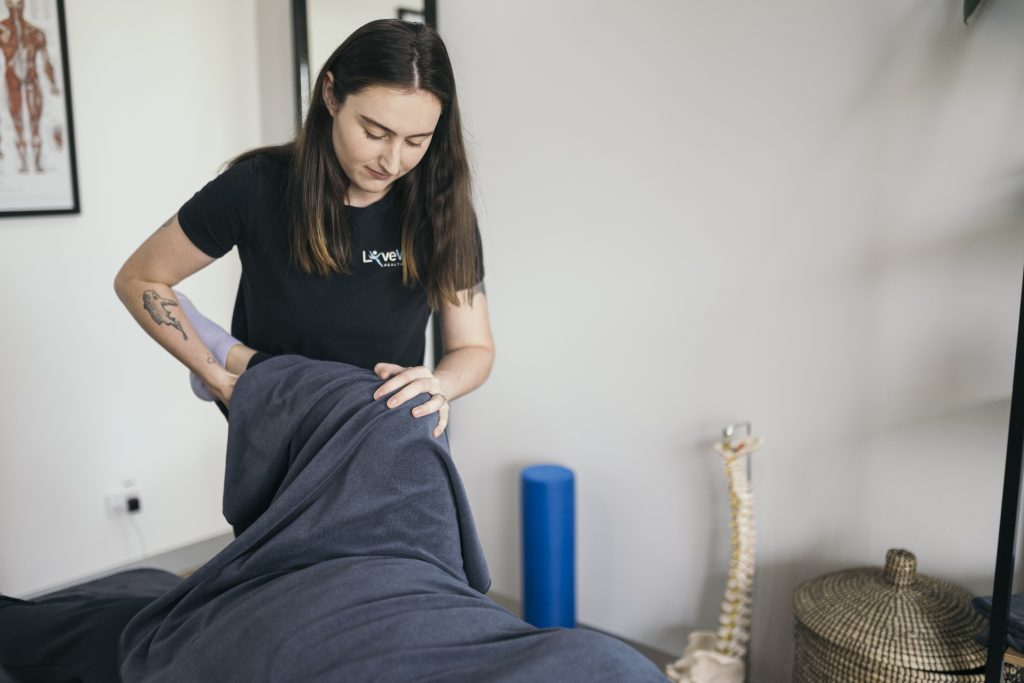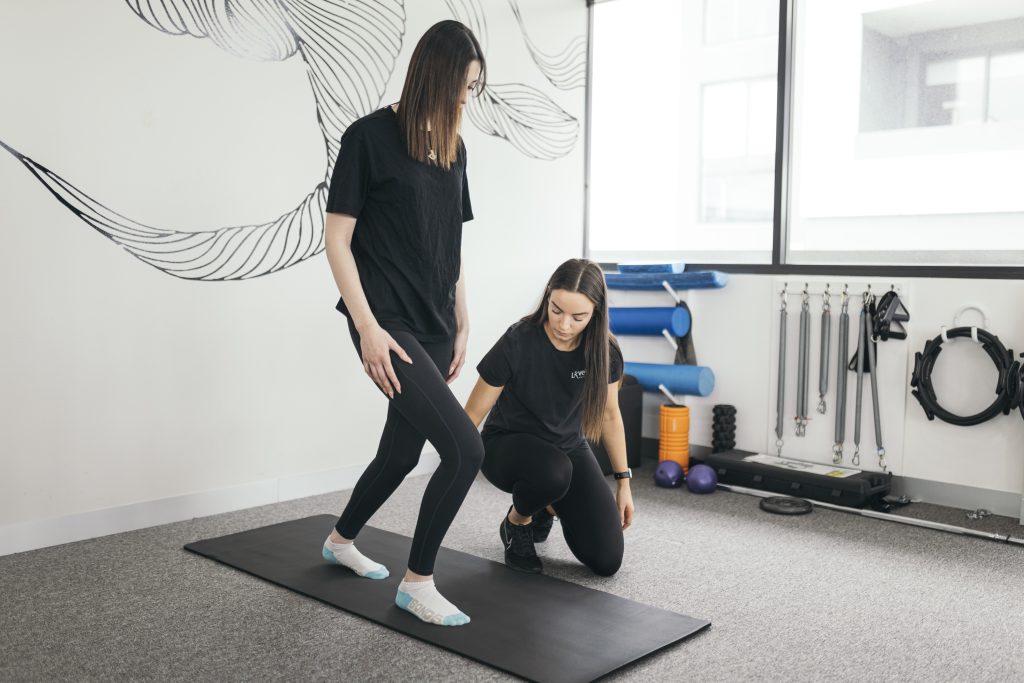Knock-knees are when the legs deviate inward at the knees, causing the ankles to be wide apart when standing (1,2). They are very common in children and can be a part of normal development (1,2), usually self-resolving before they turn ten (1).
Causes of Knock-Knees:
In children, knock-knees can be a sign of an underlying problem if they occur later in childhood or don’t resolve with age (1,2). Possible causes include rickets (1,2), increased pressure on the knees, an injury or infection affecting the legs and genetic conditions affecting the growth of bones or joints (1).
In adults, this can however be caused by trauma or infection, forms of arthritis and lasting of effects of certain paediatric orthopaedic conditions (1,2)
Treatment of Knock-Knees:
In most cases, knock knees self resolves as children approach double digits (1,2).
However, if an underlying condition, such as Rickets, causes them, then treatment may include vitamin-D and calcium supplementation (1,2). For adults with Osteoarthritis, doctors may use leg braces and inner soles to decrease the strain on their knees (1).
Surgery is rarely required (4). However may be used in severe and/or worsening cases when symptoms are persistent (1,3). Surgical options include an Osteotomy or guided growth via the insertion of metal plates or an external frame (1,2,3). Before surgery, a number of factors are taken into account to determine the most appropriate treatment plan (2). These include: bone maturity, nature of disease & progression risk, abnormality or depression in the knee joint and patient/family preference (2).

How an Osteopath can help:
Osteopaths can provide assistance for individuals with knock-knees through a variety of therapeutic interventions:
- Manual Techniques: Osteopaths use hands-on manual techniques. This includes manipulation and massage therapy, to address musculoskeletal imbalances and promote better joint function and mobility.
- Gait Analysis: Can provide a clearer picture as to how someone may be loading their knees, hips, ankles and feet. It can also help identify and address compensatory patterns that may have developed in other areas of the body due to knock-knees.
- Strengthening Exercises: Strengthen specific muscle groups, such as the medial ligaments, internal rotators, and hip abductors. These exercises aim to improve the alignment and function of the knees.
- Patient Education: Guidance on lifestyle modifications, ergonomic adjustments, and self-care practices in managing their condition and preventing further issues.
Contact one of our friendly Osteopaths if you or someone you know suffers from knock-knees.
References
- Knock knees [Internet]. nhs.uk. 2018 [cited 24 September 2020]. Available from: https://www.nhs.uk/conditions/knock-knees/
- Knock Knees | International Center for Limb Lengthening [Internet]. International Center for Limb Lengthening. 2020 [cited 24 September 2020]. Available from: https://www.limblength.org/conditions/knock-knees/
- Burns J. What causes knock knees and do they have to be treated? [Internet]. The University of Sydney. 2016 [cited 24 September 2020]. Available from: https://www.sydney.edu.au/news-opinion/news/2016/10/17/what-causes-knock-knees-and-do-they-have-to-be-treated-.html
- Vizniak, N. Evidence Informed Orthopaedic Conditions. 3rd ed. Canada: Professional Health Systems Inc; 2015 [cited 2020 Sep 24]. 248-249p

Dr Sean Nguyen
Osteopath

